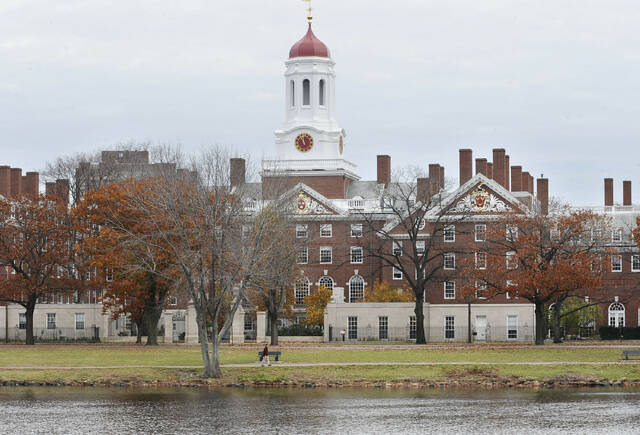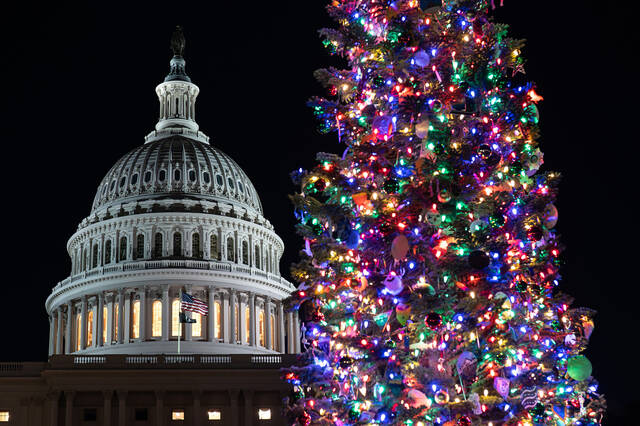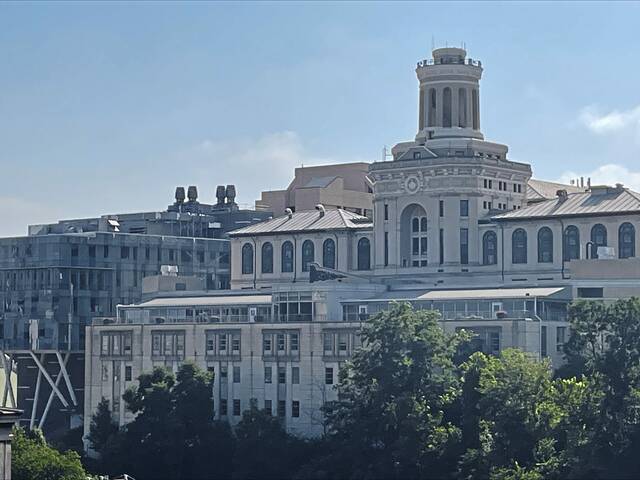On June 24, Rep. Leslie Rossi, R-Westmoreland, announced that more than $1.3 million in impact fee revenue from Marcellus shale gas drilling will be distributed to Westmoreland County and municipalities in the 59th District, including Latrobe, Derry, Ligonier and Mt. Pleasant.
She framed the announcement as a win: “These funds will directly support critical projects and services in our local communities, from infrastructure improvements to environmental initiatives.” And on the surface, who could disagree? Our communities certainly need help with roads, water systems, and emergency response.
But let’s be honest about what this money really is.
The so-called “impact fees” aren’t gifts. They aren’t bonuses. They’re not economic development grants. They are payments collected under Act 13 of 2012, Pennsylvania’s response to mounting public pressure to make natural gas companies pay for the consequences of fracking. The fees were imposed specifically to offset the damage that drilling causes to communities and the environment.
According to the law itself, revenue from these fees goes toward repairing roads, bridges, stormwater systems and emergency services; cleaning up orphaned and abandoned wells; restoring polluted streams and watersheds; and supporting hazard mitigation and environmental preservation efforts statewide.
That’s not funding; it’s cleanup.
Even the Marcellus Legacy Fund, which receives a large portion of the leftover revenue after municipal distributions, focuses on environmental restoration, infrastructure repair, water safety and plugging hazardous old wells that have been left behind by past drilling operations. It’s right there in the statute.
So yes, it’s good that our local governments are finally getting some of that money back. But these checks are not a sign of prosperity. They are a sign of what we’re trying to recover from.
And it raises a deeper question: If these costs are high enough to justify millions in payments, what does that say about the true toll of this industry on our communities?
Here in Westmoreland County, we know what that toll looks like: heavier truck traffic on back roads, questions about groundwater safety, and a growing sense that the benefits of gas extraction often leave town faster than they arrive. Meanwhile, Pennsylvania still lacks a severance tax (something 32 other gas-producing states already have) which would generate stable, long-term investment in our future.
Instead, we have a fee system designed to clean up after the mess, rather than prevent it.
This isn’t just about politics. It’s about honesty and priorities. Our communities deserve leaders who don’t just celebrate checks but ask why we need them in the first place, and whether the system we’ve built truly puts public health, safety and sustainability first.
Yes, Rep. Rossi, it’s good to see our residents benefit from the natural resources developed in our region. But it’s even better to ask: at what cost?
Mary Jo Simmen-Gray is a Hempfield resident.








